
We kindly inform you that, as long as the subject affiliation of our 300.000+ articles is in progress, you might get unsufficient or no results on your third level or second level search. In this case, please broaden your search criteria.

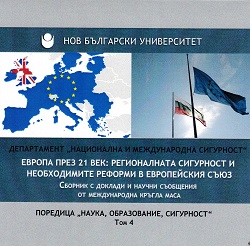
The report presents the current understanding of established researchers in the theory of national and international security on the importance of geopolitics and geostrategy in formulating security strategies in the XXI century. The used method is historical and political-geographical discourse about converged comparisons and descriptions of the evolution of the geopolitical and geostrategic environment in the context of regional security in the XXI century. The statement has emphasized the importance of strategic geography - a relatively new scientific discipline.
More...
In today's world, there are many spots on the planet, where the interests of the big countries intersect. One of them is Central Asia. Region rich in strategic raw materials, bordering Russia and China object of intense diplomatic activity by the United States, and over the last decade by the European Union too. Namely, relations of Central Asia with the Union, their origin, status and development are the object this report.
More...
Strategic visions are located in the field of geopolitics. Every country has its geopolitical peculiarities. This is her geopolitical code. Task of politicians is to decipher this code. In the history of Bulgaria such politicians are very few
More...
European cohesion policy is of exceptional importance for increasing employment, improving the competitiveness of the Bulgarian economy, for constructing the transport, communication and energy networks, for research activities and improving education. EU funds may have big impact on the economic and social development of our country and its regions. The research questions to be answered are: What is the evolution of the European cohesion policy and which regions it supports predominantly? What is the main purpose of the Bulgarian regional policy and in which normative and strategic documents it is declared? Is there a balance in the development of the Bulgarian regions? Were the resources from the EU funds invested with priority in the less favoured Bulgarian NUTS 2 regions?
More...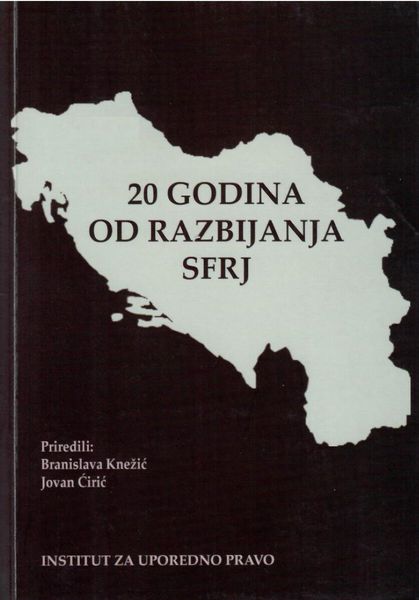
In presented paper, author defends the thesis that the main starter in the dissolution of Yugoslavia was Germany, guided by revanchism and supported by Austria and Vatican. That was one of the main reasons for systematic anti- Serbian campaign in German and Austrian media, which had an aim to lay blame upon Serbia for the contemporary situation. Guided by personal interest, the United States of America joined this campaign, hoping to achieve one goal- participation in remaking of European geostrategic area in the period after the Cold War. In order to accomplish this, the right to " humanitarian" intervantions had to be inaugurated.
More...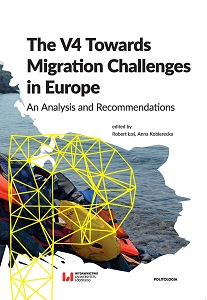
Hungary demonstrates a relatively high level of ethnic and particularly high level of cultural homogeneity. Nevertheless, due to its geographical position, Hungary has played the role both as transit and source as well as destination country for both regular and irregular migration during the past decades. In the context of the recent large-scale irregular migration towards (Western) Europe, however, Hungary has rather been a transit country, experiencing serious pressure at its southern border urging the government to take firm action. As mem-ber of the European Union since 2004 and of the Schengen Treaty since 2007, a part of Hungary’s border forms the external borders of the European Union.
More...
Its EU membership beginning on 1 May 2004 and its joining of the Schengen Area on 21 December 2007 are the most significant moments in the modern history of the Slovak Republic. With these achievements, a milestone was reached towards an unprecedented experience for Slovak citizens: the free movement of persons within the European Union’s territory. Yet, the accession of the Slovak Republic to the European Union also implied new responsibilities, including more efficient control of the Slovak segment of the EU’s eastern border.1 The protection of the external Schengen border has become a central focus for Slovakia in the context of migration, along with the fight against illegal migration and cross-border crime.
More...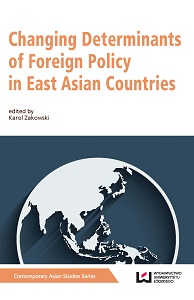
The case studies presented in this monograph indicate that the international reality cannot be easily reduced to one single dimension. Each IR theory provides only a partial truth on the factors influencing foreign policy making. International relations in East Asia resemble a mosaic of intertwining processes of globalization and regionalization, interests of global and regional powers, local social and economic conditions, national institutional arrangements, and even personal factors. Sometimes a sudden change of one small element in this mosaic suffices to influence the whole system. Instead of providing a simplified interpretation of these processes, the proposed monograph tries to illustrate them in their entire complexity.
More...




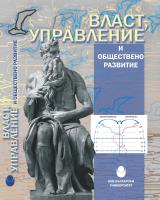
This paper examines today's historical and revolutionary transformations of the governance. Regarding this, researched are the changes that take place in governance, clarified is its position in geopolitics, traced is the transformation from unequal to equal-governance society. Study has been made on innovation in governance and particularly on the decentralized forms of management. Special attention is paid to the polycentric governance and the principles of good management.
More...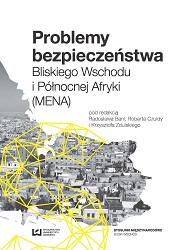

One of the key elements of the Yugoslav foreign policy during the first years after WWII was the attempt of the new Yugoslav authorities to strengthen their position in the region and to expand their territory at the expense of the neighboring countries. Already in the last phase of the war Yugoslavia raised territorial claims against Austria. Yugoslavia was particularly interested in annexing parts of Carinthia, justifying territorial demands by the fact that a larger number of members of the Slovenian national minority had lived there. The Yugoslav attempt to put the Allies before a fait accompli by invading Carinthia in the last phase of the war, failed. While the Soviet side was willing to accept the participation of Yugoslav troops in the occupation of Austria, the Western Allies insisted on withdrawal of the Yugoslav army from the occupied territories in Austria. In its diplomatic campaign to annex the border parts of Austria the Yugoslav regime enjoyed the support of the Soviet Union. Unlike the diplomatic representatives of the Western powers, the Soviet representatives lent their support to the Yugoslav territorial demands against Austria at the conferences on the peace treaty with Austria in 1947 and 1948. The Soviet attitude changed after the Resolution of the Informbuerau. Already in mid-1949 the Soviet diplomacy withheld its further support to Yugoslav claims against Austria, which led to the breakdown of the Austrian policy of the Yugoslav regime and eventually opened the way to the conclusion of the Austrian State Treaty.
More...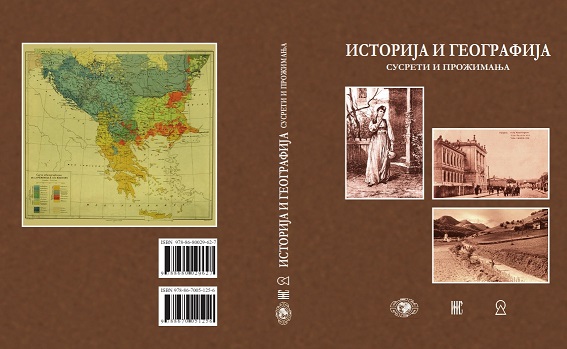
This paper presents and analyzes the global geopolitical concepts of the 20th century distinguished scholars – geographers, geo-strategists and political scientists – A. Mahan, H. Mackinder, N. Spykman, J. Fairgrieve, S. Huntington, Z. Brzezinski, A. Dugin, and political-geographical and cultural-geographical position of the Serbian lands in those concepts. The aim is to demonstrate that many military and political challenges that the Serbian people faced in the past and the present century were primarily conditioned by the political-geographical and geo-strategic factors – the general geographic location of the Serbian lands, position relative to their neighbours and major powers and their geopolitical interests and concepts. In other words, this paper re-affirms the importance of political geography in the interpretation of important events in the past and present of the Serbian people.
More...
The area where there has been the present-day border between Serbia and Croatia was in history repeatedly „shared” between the various government and administrative entities. Therefore, the dispute of the Croatian and Serbian (Vojvodina) communists had its roots deep in the past and in the ethnic mixing up of the terrain. The dispute culminated in the Second World War, so that it represented an internal problem for the new state government. In the middle of 1945 the AVNOJ Commission (National Antifascist Liberation Council of Yugoslavia) was determined for the demarcation between Vojvodina and Croatia. Milovan Đilas was appointed president of the Commission, a member of the Politburo and party and state official. The Commission on demarcation submitted its report to the Politburo and the Presidency of the AVNOJ, and its temporary proposal of demarcation became permanent as the inter-republic firstly and later the international border between Serbia and Croatia. Direct responsibility of Milovan Đilas lies in the Commission’s proposal for demarcation, but not in its application and subsequent fate.
More...
One of the geopolitical and geostrategic synthesis key areas on the strategic axis Black Sea - Baltic Sea reluctance re-opened following the Ukrainian crisis is the more or less extensive Black Sea region. The historical, political, economic and civilian arguments, as well as the new challenges of the regional security environment, but also cross-border and global, leave the great powers on both sides of the strategic axis Black Sea - Baltic and riparian countries a chance that we consider not only an alternative to ... war, otherness, but also a way of transforming divergences into confluences and confluence in unity, prosperity and security. Even though the complicated and tense realities at this point seem not to encourage such a prospect, we believe that the Black Sea area can become − and indeed become − an East-West welding space, a true geopolitical and geostrategic, economic, social synapse and inter-civilization, which will put an end to the strategic flaw effect here in bitter weather. In the following, we will present this point of view.
More...